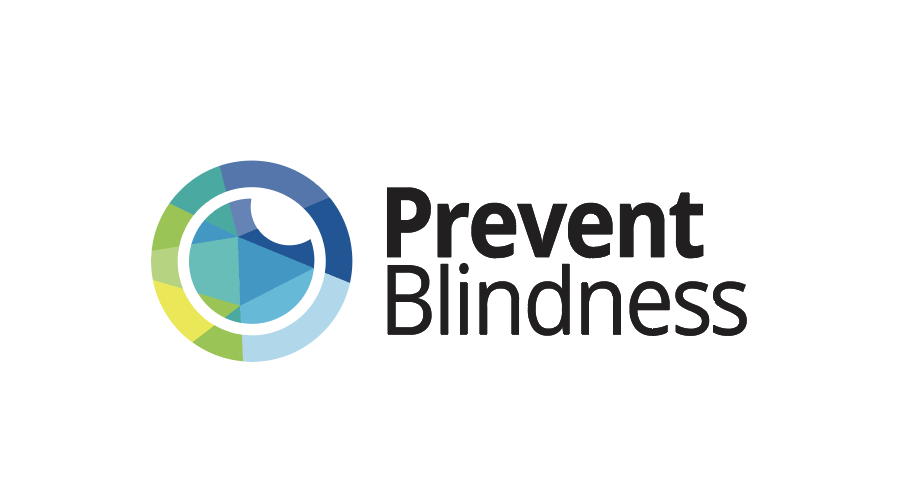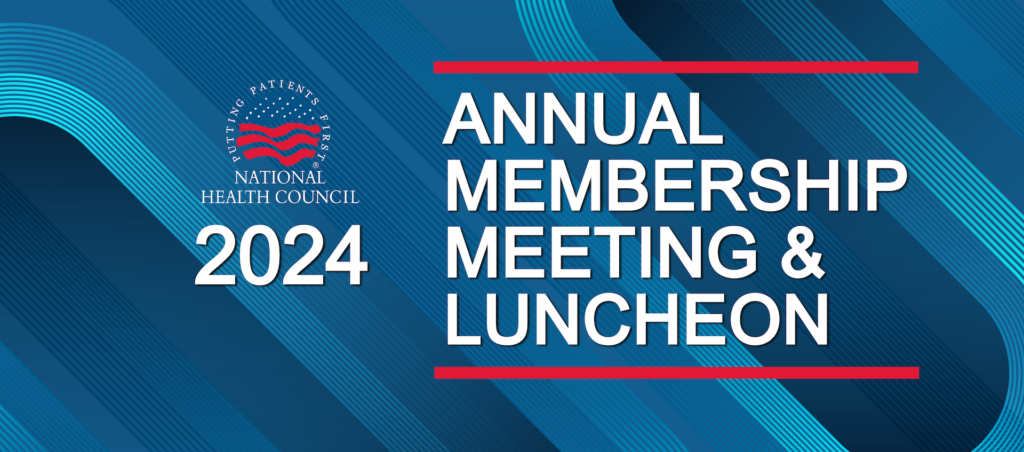

Preventing Blindness Through Patient Advocacy
By Jeff Todd, President and CEO, Prevent Blindness
“I didn’t have to go blind.” These words, shared with me early in my career at Prevent Blindness, were my first deep understanding of what is meant by “preventable blindness” or “avoidable sight loss.” It was Spring of 2007, I believe – during our second annual “Eyes on Capitol Hill” patient advocacy event (now in its 18th year), where we brought people impacted by vision and eye health problems to Washington, DC to advocate for improved policies and increased funding.
I was asked to accompany an advocate from Indianapolis for the day. He was a Black man living with glaucoma, early- to mid-70s, equal to my 6’2” height. Sadly, I can’t evoke his name – Frank seems right, but uncertain. But I do recall his face, partially hidden by his dark glasses. I viscerally remember the gentle but firm grip of his hand on my elbow and the tap-tap-tap of his cane as we navigated together the all-too-confusing halls of the U.S. Capitol buildings. And I remember his deep voice as we discussed our common Hoosier roots.
It was about halfway through our day together, on a break between meetings, sitting outside on a marble bench when he said those words. “I didn’t have to go blind.” He was a jovial man, but the weight of our purpose in DC had hit him. He continued, “I’m well educated, I have a job, I have health care…. I should have known better.” The blame he took upon himself was stark.
Clearly, the “sneak thief of sight,” as glaucoma is sometimes called, had struck again. Because glaucoma affects peripheral vision, symptoms often begin slowly without the patient noticing them. Our magnificent brains do a great job of compensating for the gradual diminishing of our peripheral sight, making it difficult for the patient to realize – or easy for them to ignore – what is happening. Unfortunately, once vision is lost to glaucoma, it cannot be restored.
January is Glaucoma Awareness Month and Prevent Blindness is joining with leading organizations to help educate the public about one of the leading causes of vision loss in the United States. According to the Centers for Disease Control and Prevention (CDC), about three million Americans have glaucoma, the second leading cause of blindness worldwide. There is currently no cure, but if caught early enough, loss of vision can generally be preserved with routine care and treatment adherence. Blacks are more than 6-8 times more likely to get glaucoma than whites, and it impacts people with diabetes more frequently than those without. Hispanic/Latino populations also have an elevated incidence of the disease.
Frank’s story emphasizes what we know – significant vision loss and even blindness can be avoided with early detection and treatment. This is true not only of glaucoma, but of many other conditions as well. But knowing it to be true isn’t enough. Saving sight requires education and awareness about vision problems. It calls for an understanding of what keeps people from seeking care. And underlying all of this is an urgency for equitable access to eyecare – to health care – in the United States.
Despite knowing that between 80-90% of blindness in the world is preventable through a combination of education, access to care, and the provision of glasses and that vision loss is expected to cost the United States an astounding $188 billion in 2023, our federal government (through the CDC) currently allocates only $6.5 million toward prevention and surveillance of vision problems. This means that for every $28,923 that vision problems are costing our country, we are allocating only a single dollar toward their prevention and targeting interventions.
A first step in solving any problem is to understand it. Currently, our best available national-level data on vision loss and eye disease is more than 15 years old. This is not sufficient to protect eye health among our rapidly aging population, increasing rates of chronic disease, changing national population demographics, and inequities in access across racial and ethnic populations, low-income communities, and underserved or rural areas.
We can improve much needed surveillance, epidemiology, and apply public health research to develop and integrate public health practices and policies through state and community health programs and partnerships – but the resources for vision must be allocated to do so.
Blindness is often cited as the most feared disability in our country. Healthy vision has a significant impact on our daily lives, our independence, economic productivity, and community interactions. And yet, access to quality eyecare remains out of reach for so many.
Health care—including eye care—is a human right. It must be one of our nation’s highest priorities. Prevent Blindness, at its core a public health patient advocacy organization, has been standing beside patients like Frank and so many others since our founding in 1908, and we’ll continue to do so. With the support of our ASPECT Patient Engagement Program, and in partnership with our state affiliates and the other member organizations of the National Health Council, we will continue to bring a voice to vision, and to our collective cause of access for all.
To learn more about glaucoma, please visit PreventBlindness.org/glaucoma and The Glaucoma Community at Prevent Blindness. Jeff Todd is President and CEO of Prevent Blindness, a national 501(c)(3) nonprofit patient advocacy organization with the mission to prevent blindness and preserve sight. For more information, visit PreventBlindness.org.
Prevent Blindness is a member of the National Health Council. For more information on NHC membership, please email membership@nhcouncil.org.


